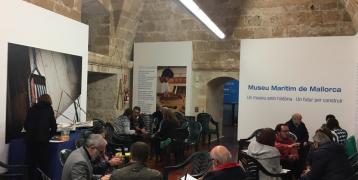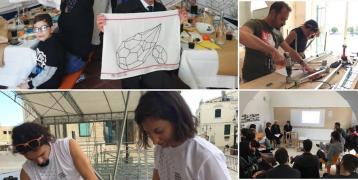The social dimension of culture

This policy brief explores the social dimension of culture and outlines how cultural initiatives and CCIs can impact social policies on the ground.
Cultural and Creative Industries (CCIs) and other cultural initiatives can play a major role in preserving and strengthening social cohesion. Local and regional authorities that wish to enhance the social dimension of cultural activities can draw on some key European policy frameworks.
As part of the 2005 Faro Convention on the value of Cultural Heritage for Society, networks of practitioners have been set up and methods and tools have been developed. The 2021 Porto Santo Charter promotes notions of cultural democracy and cultural citizenship.
The European Commission also has an Agenda for Culture and provides funding for cultural initiatives through the Creative Europe programme. Other EU sources of funding can also be mobilised for cultural initiatives, such as Cohesion Policy and European Recovery and Resilience Facility.
Interreg Europe projects provide concrete examples of good practices on how to implement cultural policies with positive impacts on social cohesion. These examples approach the social significance of culture in different ways:
- A bond between people sharing the same territory or history
- A way of strengthening the cultural capital of groups and individuals, contributing to education and lifelong learning, labour market integration and acquisition of skills
- A resource for territorial development
Explore this policy brief to learn from Europe-wide Interreg Europe good practices. The policy recommendations describe how good practices could be transposed to other regions while optimising possibilities of using European funding sources.
Policy brief
Download the policy brief below.









